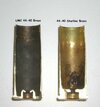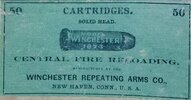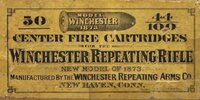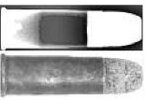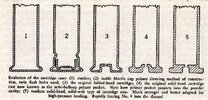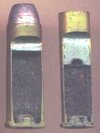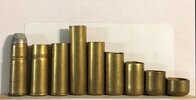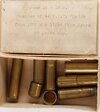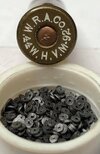tark
Member
Maybe with the wrought iron cylinders of the original guns but I don't see a problem with modern guns.
I have been educated!I use it in 44/40 cartridges. It's definitely not mouse fart loads. I gave up using 4f in flinters years ago, whatever is in the horn goes in the pan.


